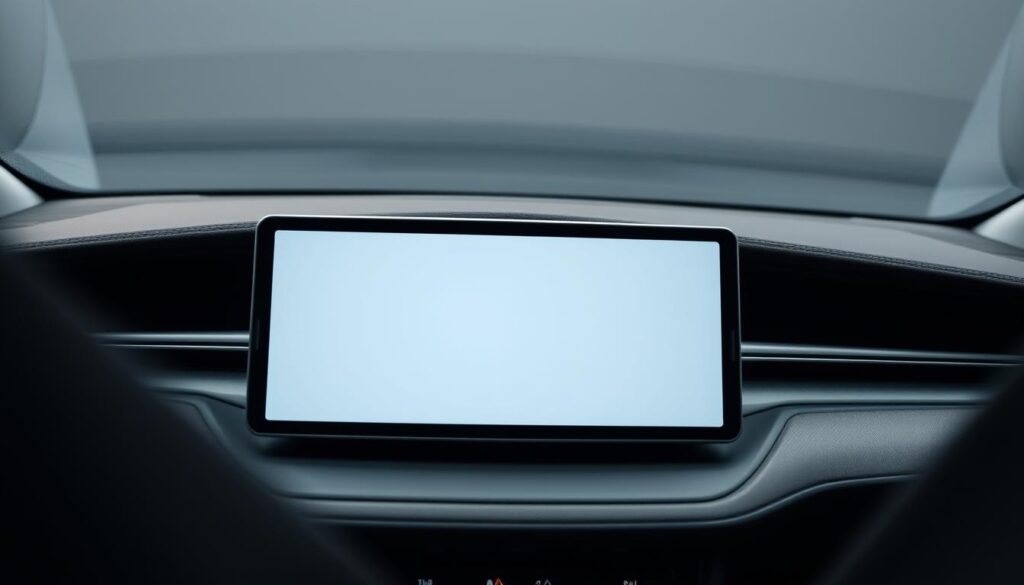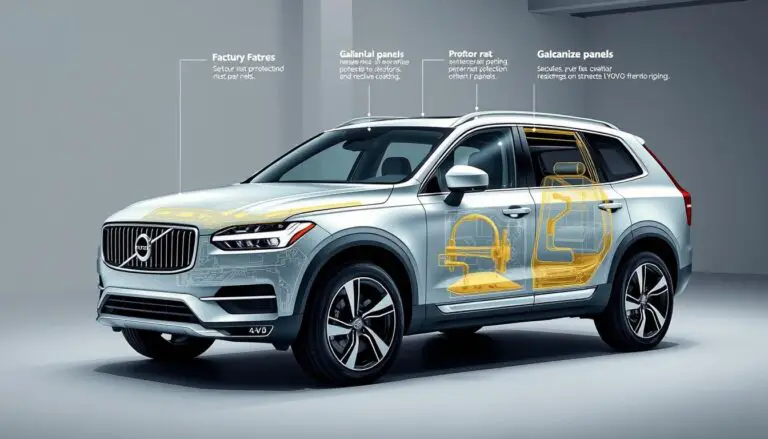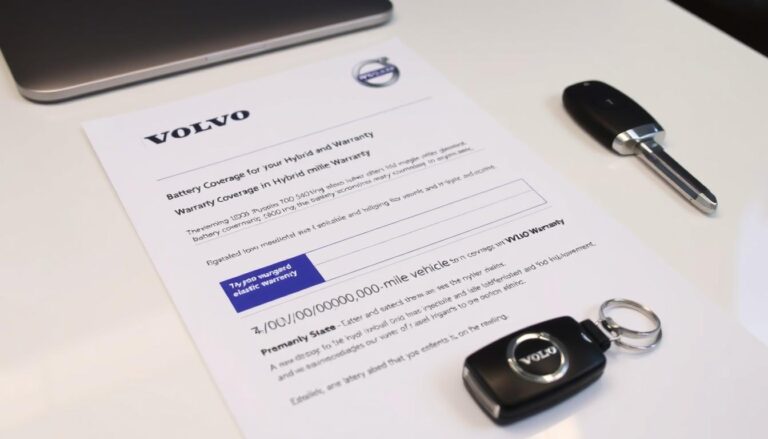This article outlines a safety-forward set of technologies designed to boost awareness and ease tight maneuvers in U.S. driving conditions.
The integrated system blends sensors in the grille and rear bumper with cameras in the Ironmark emblem, side mirrors, and tailgate to deliver real-time proximity alerts and clear on-screen guidance.
On startup the display shows a default rear view, so drivers get help the moment they shift into reverse. Audible tones and visuals scale with proximity to reduce low-speed bumps and scrapes.
Park Assist Pilot identifies suitable spaces and steers while the driver controls braking and gears, working up to 19 mph (30 km/h). The tech supports judgment but does not replace attention; some thin, low, or fabric-covered objects may go undetected.
This service page supplies clear, current information for shoppers and owners who want to understand features, limits, and practical benefits for urban and garage scenarios.
Key Takeaways
- The package enhances situational awareness and reduces stress when parking in tight areas.
- Sensors and cameras provide on-screen guidance plus audible proximity alerts.
- Park Assist Pilot can steer into spaces while the driver handles brakes and shifting.
- The system activates at startup with a default rear view for immediate help.
- Operational limits exist; driver attention is still essential for safety.
Volvo Parking Assistance Package: What It Includes and Why It Matters
A concise ensemble of sensors, cameras, and software gives drivers clearer feedback and fewer surprises when squeezing into tight spots.
Key benefits for safer, easier parking in tight spaces
Improved situational awareness reduces blind spots near bumpers and corners. Drivers make fewer multi-point corrections and feel more confident in crowded lots.
What’s inside: assist systems, cameras, and sensors
The core includes a standard rear Park Assist camera that adds guidelines and a wider view. Optional front and side sensors extend proximity detection at the grille and rear bumper.
- Optional Front Park Assist camera for forward visibility.
- Optional 360-Degree camera that stitches feeds into an overhead composite.
- Sensors under mirrors, in the Ironmark, tailgate, grille, and rear bumper for broad coverage.
The Sensus screen centralizes visual feedback so you can switch views and adjust display preferences from the Vehicle functions menu. Park Assist Pilot scans for suitable spaces and manages steering up to 19 mph while the driver controls brakes and gears.
Why it matters: audible tones and on-screen images work together to cut guesswork and lower the chance of low-speed scuffs, improving daily convenience across different vehicle sizes.
How Park Assist Systems Work on Your Volvo
A coordinated mix of steering control, proximity sensors, and on-screen views helps drivers find and enter suitable spaces. This system assists at low speeds and gives clear visual and audible cues so drivers can park with more confidence.
Park Assist Pilot: identify spaces and steer automatically up to 19 mph
Park Assist Pilot scans both sides for appropriately sized spaces and, at speeds up to 19 mph (30 km/h), takes over steering while the driver handles braking and shifting. Use the Sensus Vehicle functions screen or the backup camera menu and select Park In to begin.
Park Assist Camera views on the Sensus screen with dynamic guidelines
The rear camera overlays dynamic guidelines that bend with the steering angle. These lines show the predicted path and final alignment to help judge lines, curbs, and nearby objects.

Front and 360-degree cameras: expanded view from grille, mirrors, and tailgate
Switch on-screen to the Front Park Assist Camera to check curbs and bollards. The 360-Degree Camera stitches feeds for an overhead composite view to verify wheel and corner clearance.
Sensor coverage and alerts: understanding tones, proximity, and object detection
Sensors sit in the grille and rear bumper; cameras live in the Ironmark, under the side mirrors, and in the tailgate. Audible tones increase as distance drops but may pause under some conditions — visually confirm before proceeding.
“The tech reduces workload but does not replace driver attention; always scan for people and small obstacles.”
| Component | Location | Primary Benefit |
|---|---|---|
| Rear Park Assist Camera | Tailgate / backup | Dynamic guidelines for reverse alignment |
| Front Park Assist Camera | Grille | Forward curb and bollard detection |
| 360° Camera Composite | All cameras stitched | Overhead view for tight spaces |
| Proximity Sensors | Grille & rear bumper | Audible tones and visual alerts |
Best practices: keep lenses clean, approach slowly so the system can process surroundings, use overhead view before finalizing a park, and always verify with mirrors and direct sightlines.
Limits: some high platforms, thin poles, chains, fabrics, children, or animals may not be detected reliably. The driver remains responsible for safe operation at all times.
Getting Started: Activation, Access, and Availability in the United States
Start-up routines load camera feeds and sensor checks so you see a clear rear view the moment the vehicle powers up. The suite initializes automatically and defaults to the rear view on the Sensus screen, giving immediate guidelines and proximity cues when you shift into reverse.
How to engage Park Assist Pilot:
- From the Sensus Home, swipe to the Vehicle functions screen.
- Select Park In and follow on-screen prompts while you keep control of brakes and gears.
- Park Assist Pilot operates up to 19 mph (30 km/h).
The camera feeds are adjustable with on-screen buttons. Switch to the Front Park Assist Camera for forward clearance or choose the 360‑Degree Camera for an overhead composite in tight garages. You can also access these options from the backup camera screen for quick entry.

Many new cars and crossovers in the U.S. offer these options; verify feature availability on specific trims. For any question about setup, consult the owner’s manual or a retailer service advisor. Keep lenses clean and test the system in an open area to learn views, tones, and prompts.
Conclusion
To sum up, the system pairs automated steering with wide camera views and proximity warnings to make low-speed maneuvers easier and less stressful.
The sensor network in the grille and rear bumper works with cameras in the Ironmark, under mirrors, and in the tailgate. Park Assist Pilot steers into identified spaces while the driver controls brakes and gears; engage it via the Sensus Vehicle functions screen by selecting Park In. It operates up to 19 mph (30 km/h).
Keep in mind that drivers must always scan for people, pets, bikes, and hard-to-detect objects and be ready to brake. Maintaining clean lenses and current software preserves reliable visual cues and audible alerts.
For a hands-on look, schedule a demonstration drive and confirm the latest feature availability with your local retailer. This article was last updated on 02/16/2023 (Park Assist System) and 11/18/2019 (Park Assist Pilot). If you have a question about compatibility, pricing, or installation, contact the retailer’s service team for tailored help.
FAQ
What safety systems are included in the vehicle’s parking assist bundle?
The bundle includes automatic park steering (Park Assist Pilot), multiple camera views on the central screen, front and 360-degree cameras mounted in the grille, mirrors, and tailgate, plus ultrasonic sensors around the bumper. Together these systems help detect obstacles, provide visual guidance, and steer the car into spaces while alerting the driver with tones and on-screen warnings.
How does the Park Assist Pilot identify a suitable space and operate?
Park Assist Pilot scans parallel and perpendicular spaces while driving slowly and can automatically steer the vehicle into the spot at speeds up to 19 mph. The driver controls the gear, brakes, and acceleration; the system manages steering. It requires the driver to monitor surroundings and be ready to stop if needed.
What camera views appear on the Sensus screen and how do they help?
The Sensus display shows rear, front, and top-down 360-degree composite views with dynamic guidelines. These views update in real time to show trajectory and proximity to objects, making tight maneuvers easier and reducing blind spots when reversing or parking.
Where are the cameras located and what coverage do they provide?
Cameras are integrated into the grille, exterior mirrors, and tailgate to deliver a combined bird’s-eye and multi-angle perspective. This arrangement expands visibility around the vehicle’s front, sides, and rear, especially useful in crowded lots or narrow driveways.
How do the sensors alert me to nearby objects and people?
Ultrasonic sensors emit progressive beeps that increase in frequency as the vehicle approaches an object. Visual icons and distance markers appear on the screen. The system prioritizes imminent collisions and will issue louder alerts for closer obstacles.
What limitations should drivers be aware of when using assist features?
The system may not detect small children, animals, low-lying objects, or items with low thermal or radar signature. Rain, snow, dirt, and strong sunlight can impair camera and sensor performance. Drivers must remain attentive and ready to intervene at all times.
Is the system active automatically when I start the vehicle?
Default rear-view camera activation and basic sensor readiness typically occur at ignition. More advanced functions like Park In or Park Assist Pilot may require enabling via the Vehicle functions screen or a dedicated button, depending on model and settings.
How do I access Park In and other camera features on the screen?
Go to the Vehicle functions menu on the center screen to select Park In, change camera angles, or enable dynamic guidelines. Some functions are also accessible through steering wheel controls or a physical camera button, depending on equipment level.
Are there regional availability or update differences in the United States?
Feature availability and software updates can vary by model year, trim, and country regulations. For the most current information, check the vehicle’s built-in update notices, your dealer, or the official support site for article timestamps and release notes.
What maintenance keeps cameras and sensors working reliably?
Regularly clean camera lenses and sensor areas to remove dirt, ice, and road spray. Avoid using abrasive cleaners. Periodic software updates improve detection algorithms, so install recommended updates when available and have sensors calibrated after body repairs.



